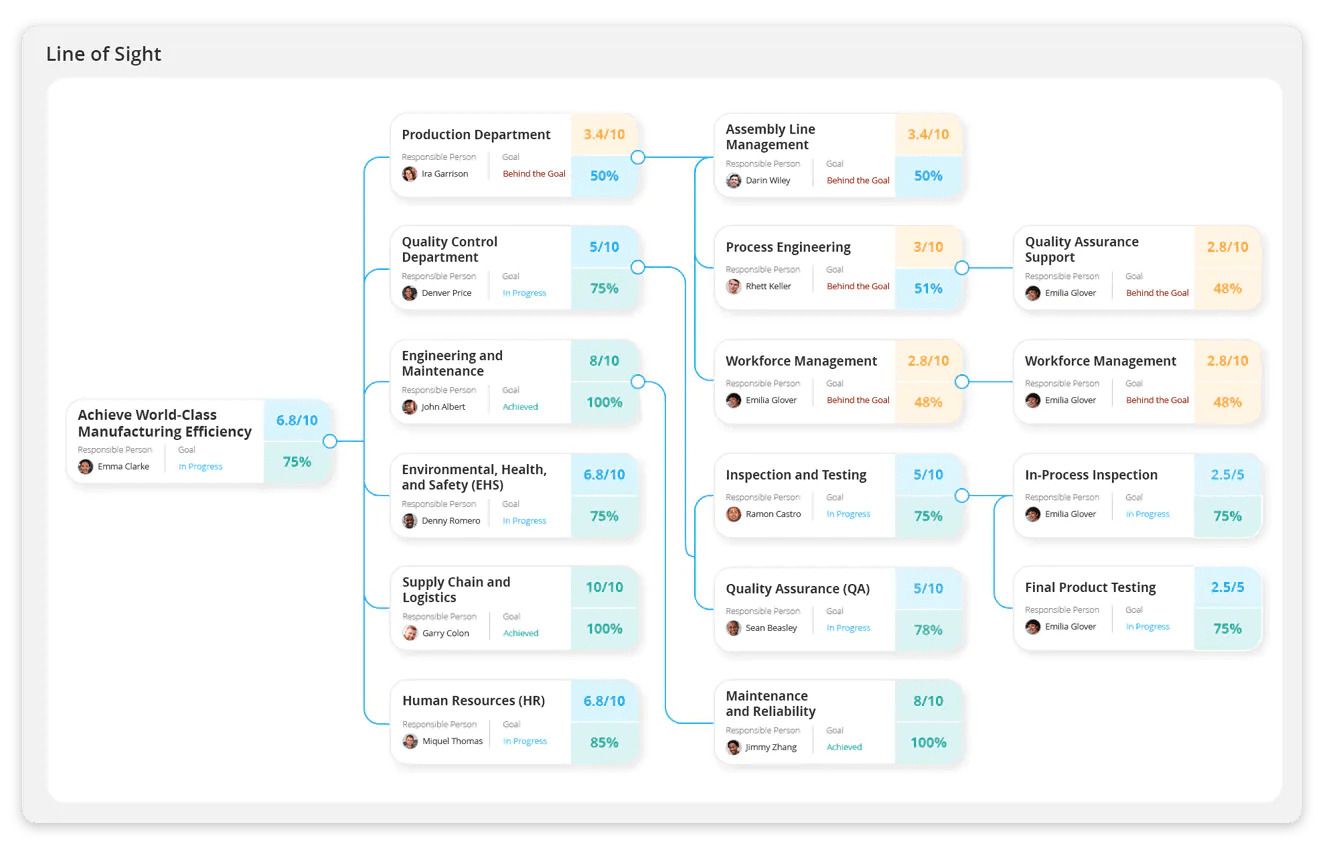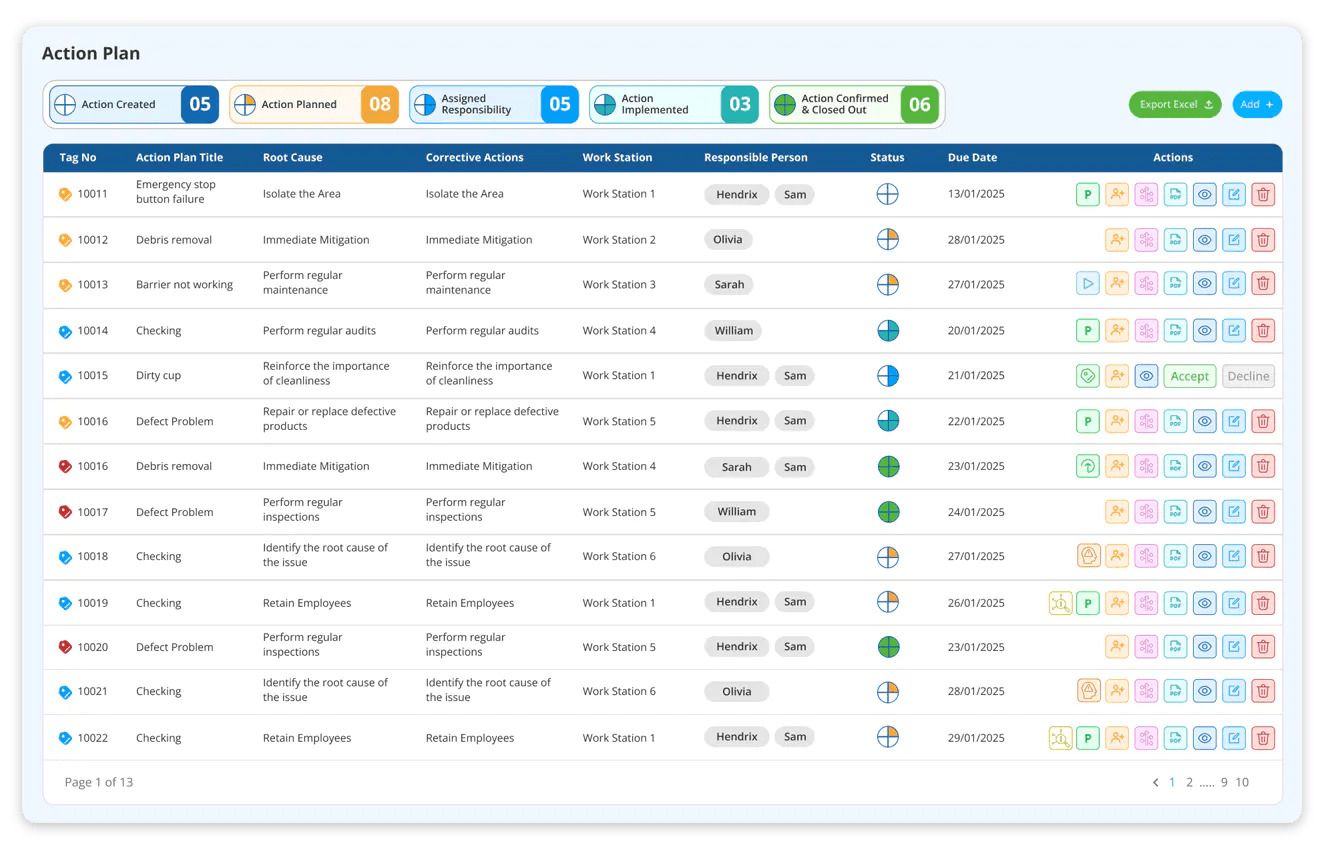Optimise Year-End and Mid-Year Strategy Evaluation with a Balanced Scorecard

July 21, 2025
When did your organisation last perform a strategic review? Did it provide clear insights, align teams, and drive confidence in future decisions? Many companies view their strategic evaluations as a typical annual or mid-year exercise instead of recognising their transformative capabilities.
Year-end and mid-year strategy reviews should serve as more than simple administrative tasks. Modern organisations leverage these tools as strategic instruments for continuous improvement, while maintaining agility and alignment with long-term goals.
Regular strategy evaluations serve as essential tools for businesses to overcome market complexities which ensure their ongoing development and achievements. There are two key points for every company to review and assess their strategic plan.
- Mid-year evaluation, as an important step for making proactive adjustments emphasis on tracking key performance indicators (KPIs) against targets set at the beginning of the year.
- Year-end evaluation, the comprehensive analysis of the organisation’s entire performance of that year against strategic goals, acts as the basic for setting future strategy.
But what if a company conducts its annual strategy evaluation but struggles with outdated data, fragmented insights, and a lack of real-time visibility into Key Performance Indicators (KPIs)? Organisations that operate with manual process and outdated technology struggle to make quick decisions and often miss critical opportunities.
The solution is getting a digital Balanced Scorecard, the advanced tool streamlining your business evaluation process, ensuring a structured approach to performance measurement and strategy execution. Here is where

